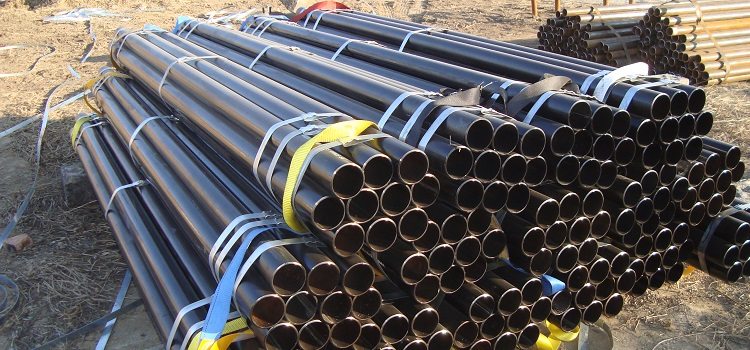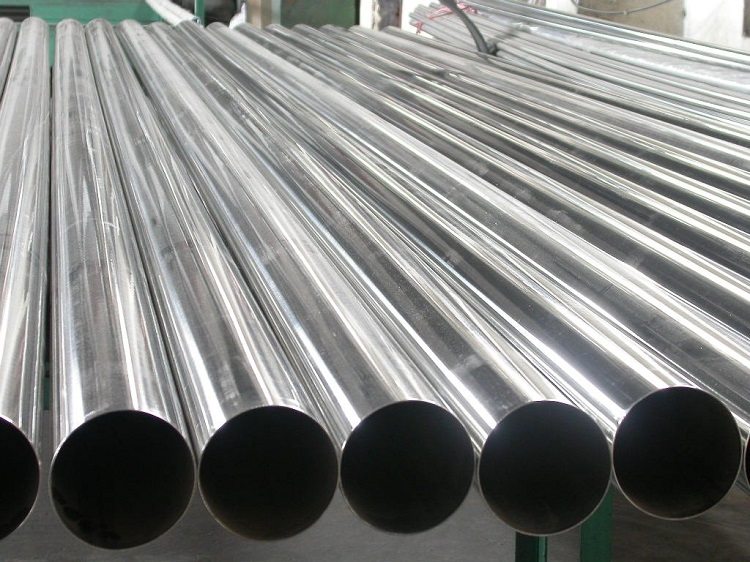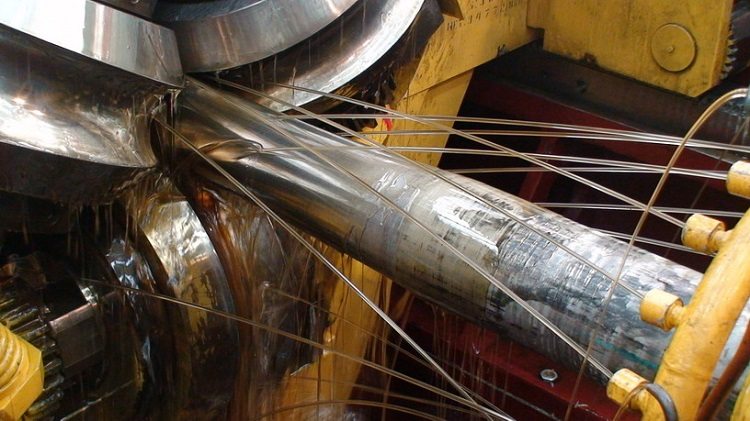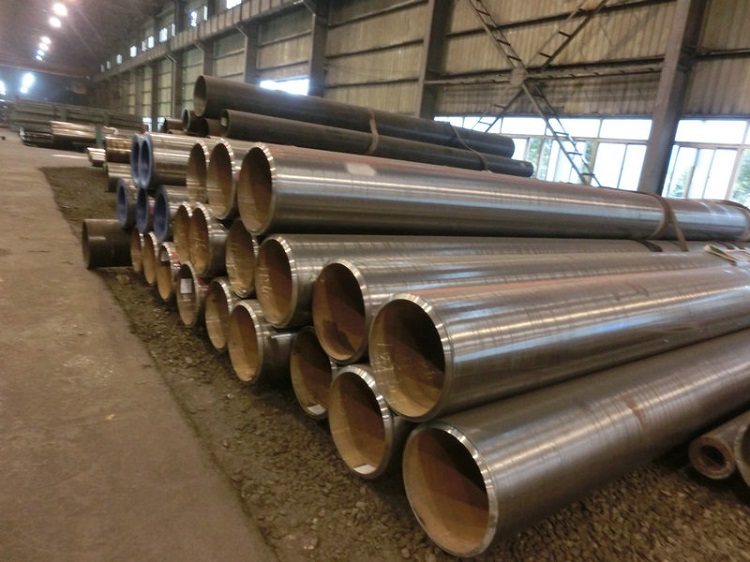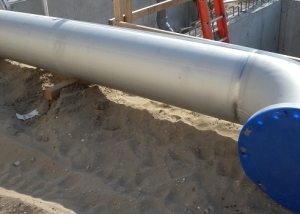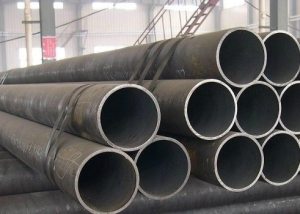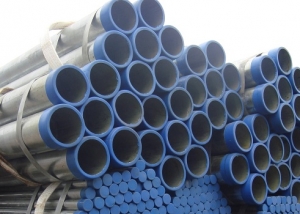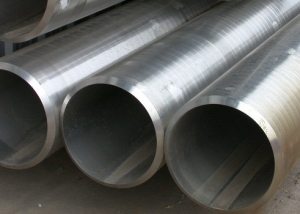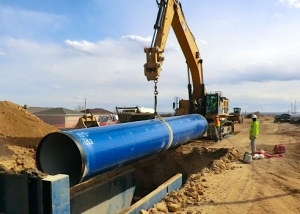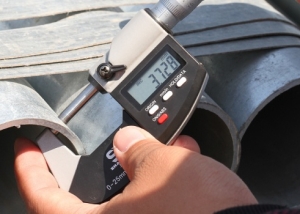Recently, polymer products are most often used for laying engineering communications. At the same time, seamless steel pipes in some areas of production have not lost their leading position. And, for example, when arranging water supply systems at industrial facilities, priority remains for this type of product. In addition, they are used both in the construction of multi-storey buildings, and in private houses.
Content
Steel pipe classification
The entire assortment of pipes produced by the modern metallurgical industry is classified according to several criteria.
Production method. Allocate straight and spiral seam welded pipes, as well as seamless cold-formed and hot-formed pipes.
Wall thickness. According to this criterion, steel products are divided into:
- especially thin-walled;
- thin-walled;
- thick-walled;
- especially thick-walled.
Belonging to a particular group depends on the ratio of the outer diameter to the wall thickness. The following numbers will serve as an example: with a cross section of less than 20 mm, products with a thickness of up to 1.5 mm are considered thin-walled. If the value of this parameter is equal to or less than 0.5 mm, this product is considered a particularly thin-walled pipe.
The presence or absence of a protective anti-corrosion coating. Today, in the metallurgical industry, several methods are used to increase the resistance of rolled steel to the negative effects of corrosion. Most often, for this purpose, a layer of zinc is applied to the surface of the products. Such a procedure can be subjected to absolutely all pipes, regardless of shape, size and production method. However, GOST provides for the mandatory conduct of this operation with electric-welded longitudinal seam and water and gas pipes.
Steel pipe production
If the production of welded products is carried out using a flat sheet, then a seamless steel pipe cold and hot deformed is made of the so-called rod - a monolithic cylindrical billet.
The pipe is hot deformed. The stages of its production are as follows:
- The workpiece is sent to the oven. Here it is exposed to heat.
- The hot workpiece is fed to the piercing press. There it takes the form of a hollow cylinder. Metallurgists called it a sleeve.
- Actually hot deformation is carried out by several groups of rollers. As a result, the sleeve acquires the required wall thickness and diameter.
- Then the hot-deformed seamless steel pipe is cooled and calibrated in the last rollers in the line.
- The product is cut into segments of the desired length, which are sent to the finished goods warehouse.
Important! Heating is carried out to a temperature of 50 degrees above the steel recrystallization mark. In this case, the metal becomes plastic, but does not yet begin to melt.
The pipe is cold-deformed. The key differences in the production of seamless cold-deformed steel pipes are the following two points:
- the sleeve is cooled immediately after the piercing mill.That is, all subsequent operations are performed at a temperature below the mark at which the steel acquires ductility. It is possible to call the billet cold rather tentatively, since steel deformed in the rollers generates heat in a large volume;
- Before final calibration, this product must be annealed. The workpiece is again heated to the temperature of recrystallization and allowed to cool naturally. This allows you to remove the internal stresses that have accumulated in the steel seamless cold-deformed pipe and give the material viscosity as well as ductility.
GOST 8732 78. Technical specifications
In the assortment of steel seamless pipes, determined by GOST 8732 78, the permissible size range of these products is indicated. It looks like this:
- permitted diameter;
- wall thickness
- the assortment of steel seamless hot-deformed pipes normalizes products along an unmeasured length within 4≤L≤12.5 m. However, in agreement with the representative of the customer, the manufacture of smaller or larger segments is allowed. The length is limited by the technological capabilities of the equipment of the metallurgical plant.
Maximum permissible deviations along the length depend, inter alia, on the diameter of the products:
- if the value of this parameter is more than 152 mm and the pipe length is 6 m, the deviation may be +15 mm;
- with a length of less than 6 m, the permissible deviation is +10 mm.
As for the outer diameter, the tolerances are presented in table No. 1.
Table 1
| Outer diameter millimeters | Marginal deviations | |
| Normal manufacturing accuracy | Increased manufacturing accuracy | |
| Over 219. | 1,25 % | 1% |
| 50-219 | 1 % | 0,8% |
| Up to 50 | 0.50mm | 0.50 mm |
Information on the permissible deviations of the wall thickness is available in table No. 2.
table 2
| Outer diameter millimeters | Wall thickness, millimeter | Limit deviations, percent | |
| Normal manufacturing accuracy | Increased manufacturing accuracy | ||
| Over 219 | 30 and over | — | -12,5;+10 |
| 15.0 to 30.0 | — | 12,50 | |
| 15 and less | — | -15;+12,5 | |
| Up to 219 | 30 and over | -12,5;+10. | 10 |
| 15.0 to 30.0 | 12,50 | -12,50;+10 | |
| 15 and less | -15;+12,50 | 12,50 | |
Helpful information! A slight difference and ovality of the products is also allowed, but provided that the deviations do not leave the range specified in GOST.
In addition to the above GOST 8732 78, there is another regulatory document governing the production of seamless steel pipes, hot-formed and cold-formed.
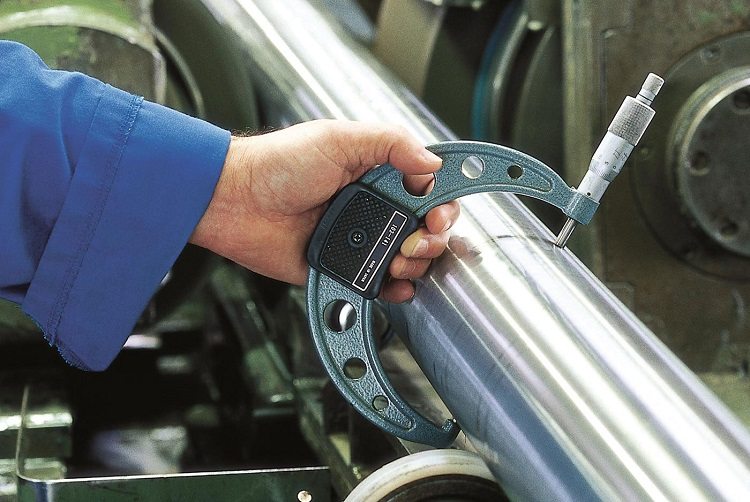
Quality control of produced pipes includes checking for compliance with the diameter, shape and wall thickness of GOST
GOST 8731-74. Product properties and characteristics
This standard provides for the manufacture of these products:
- from steel grades ST2sp. ST5sp, ST4sp and ST6sp with normalization of such mechanical properties as elongation, yield strength and tensile strength. Hardness is normalized if the wall thickness exceeds 10 mm;
- with rationing of mechanical properties, as well as chemical composition;
- with rationing only the composition;
- with rationing the composition and conducting selective control of the samples after the heat treatment operation;
- with mandatory hydraulic tests, but without standardization of indicators.
GOST 8731-74 lists possible test procedures. However, technical details are not indicated there. They can be found in other relevant standards. The types of tests are as follows:
- visual control. If defects are found, they are filed;
- macrostructure control;
- hardness test;
- flattening test;
- tensile;
- for distribution;
- on board;
- to bend;
- determination of chemical composition.
On the surface of seamless pipes, flaws, sunsets and cracks are not allowed. However, scale, as well as minor defects may be present, but provided that they do not take the wall parameters beyond the permissible deviation limits.
The ends of the pipes are cut at an angle of 90 degrees.At the same time, the standard allows the use of seamless seamless hot-deformed steel pipes for welding. The angle of its inclination to the longitudinal axis should be at least 70 degrees.
In conclusion, it should be noted that a wide range of products allows the use of products of this type in everyday life. However, such a solution is often impractical, since small loads will not allow using a quarter of the capabilities of seamless pipes. That is, a large proportion of the money will be spent in vain.
